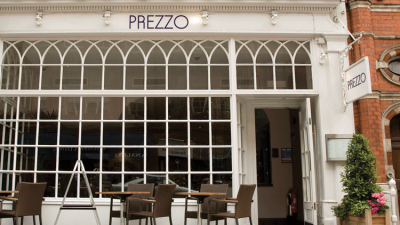Restaurant insolvencies jump by one fifth

Between September 2016 and September 2017, 984 restaurants entered insolvency, meaning that they were unable to pay their debts and entered liquidation, or entered administration or other company rescue process.
Next year’s figures look likely to be worse. The restaurant sector is facing a perfect storm including increased competition, food price inflation, higher wages bills and rapidly rising rents and business rates.
The first few months of 2018 have been extremely challenging for chain restaurants in particular, with Jamie’s Italian, Prezzo, Byron, Square Pie and EAT all facing site closures.
Commenting on the new figures, accountancy firm Moore Stephens said the last ten years has seen an unprecedented level of rollouts of new restaurant chains.
“These new openings, often within a short space of time and on the same street, have dramatically increased competitiveness on the high street, creating an ‘over restauranted’ market,” says Jeremy Willmont, head of restructuring at Moore Stephens.
The figures also underline just how much pressure restaurants are under in the wake of increasing staff costs due to rising minimum wage and the apprenticeship levy. The national minimum wage is set to rise in April 2018 to £7.83, up from £7.50, for those aged 25 and over.
“Pressure on the restaurant sector is now hitting even the biggest names on the high street. The jump in insolvencies over the last year demonstrates just how tough the current economic conditions are for the restaurant trade,” continues Willmont.
“Running a restaurant business is becoming increasingly challenging. Employment costs are rising and the market in areas such as London is becoming ever more saturated. Under such tough trading conditions, restaurants should be cautious about building up debt. They can very quickly become over extended as costs continue to rise.”

































